
Funny Pages
By Charles Apple The Spokesman-Review
The first newspaper comic strips developed about 124 years ago — give or take a couple of voice balloons — but, why?
Not to make readers smile — although that’s a good reason to have them. Not to sell plush animals and calendars and paperback book reprints. Not to give artists something to do.
No, newspapers created comic strips in the 1890s for one main purpose: To sell newspapers, of course. They’ve done a pretty good job of that for more than a century.
Newspapers had run amusing illustrations for hundreds of years: Think of the “Join or Die” cartoon Benjamin Franklin published in 1754.
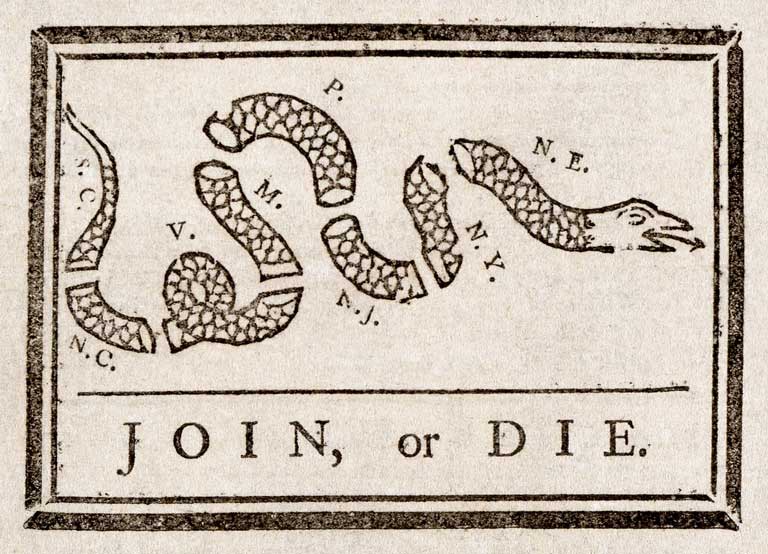
But historians consider the first newspaper strip artist to be Richard F. Outcault, who began drawing a regular feature for Joseph Pulitzer’s New York World in 1895 called “Hogan’s Alley.” The street kids who lived in the poor part of town would comment on various happenings in New York.
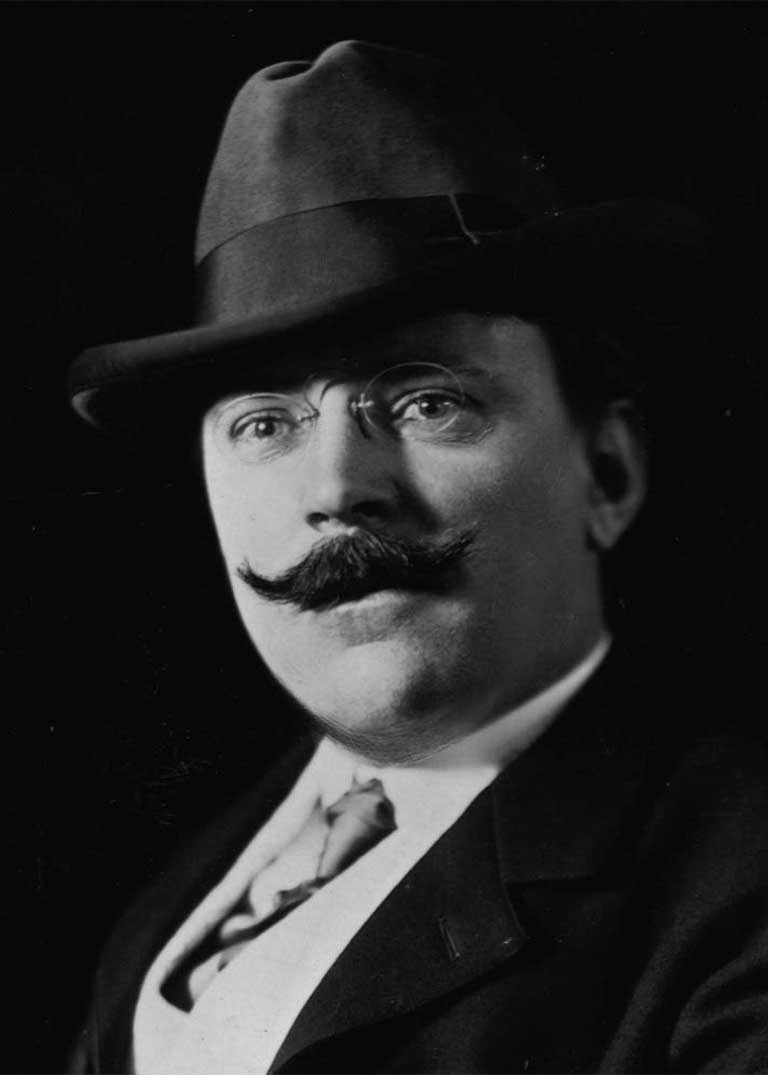
The most popular of the kids Outcault drew would be the bald, barefoot urchin shown here. His gimmick: His thoughts would appear on his shirt, rather than in a voice balloon. Pulitzer ran the strip in color, and made the kid’s shirt yellow — so it would stand out. He became known as “the Yellow Kid.”
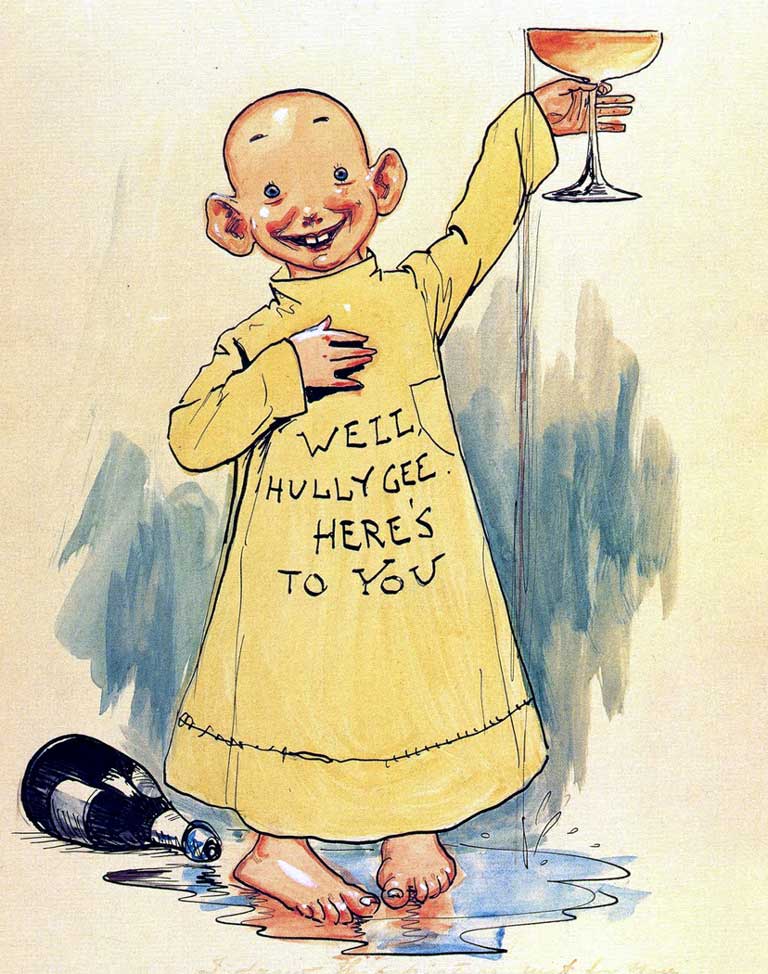
The character became wildly popular — so popular that competing newspaper magnate William Randolph Hearst hired Outcault away for his own New York Journal, touching off a newspaper war that would be unmatched for the overstated stories and headlines each would produce. With the Yellow Kid at the heart of all this, folks coined the term “Yellow Journalism.”
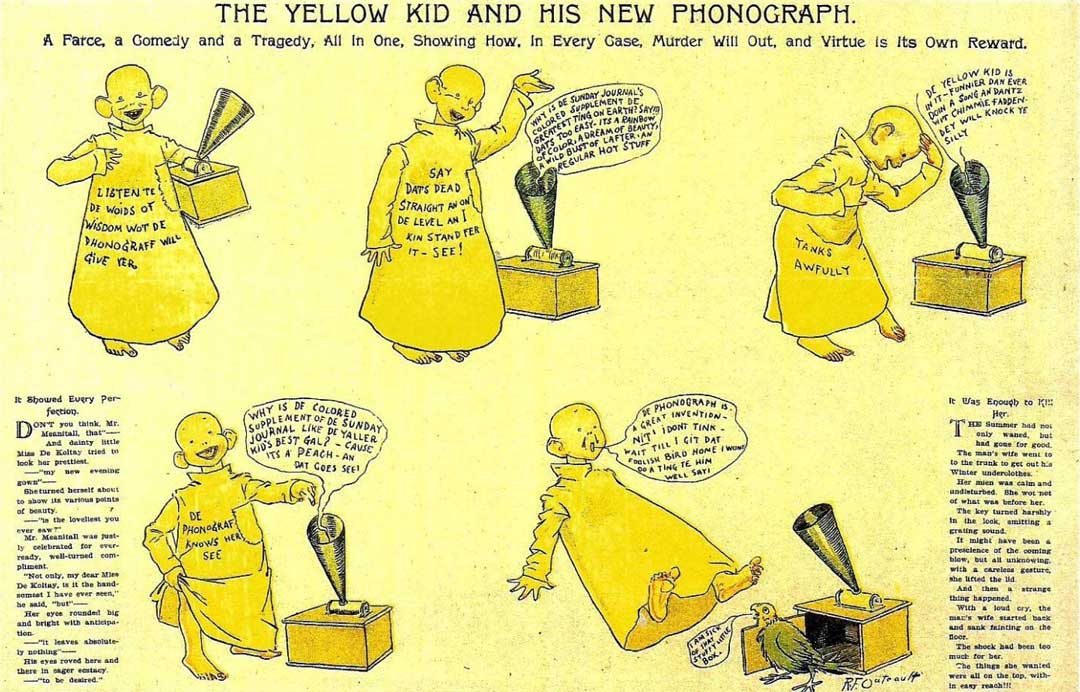
This kicked off a rush by newspapers to find new comics that readers would love. By 1931, one of George Gallup’s first public opinion polls showed that readers considered the comics section the most important part of their newspaper.
A sample comics section from 91 years ago
To get an idea of what comic sections looked like in their heyday, we pulled one from Sept. 9, 1928, from The Spokesman-Review’s archives. All eight strips took nearly a full page each — and all were distributed by the Chicago Tribune Syndicate.
Here’s a look at what was inside the 8-page section:
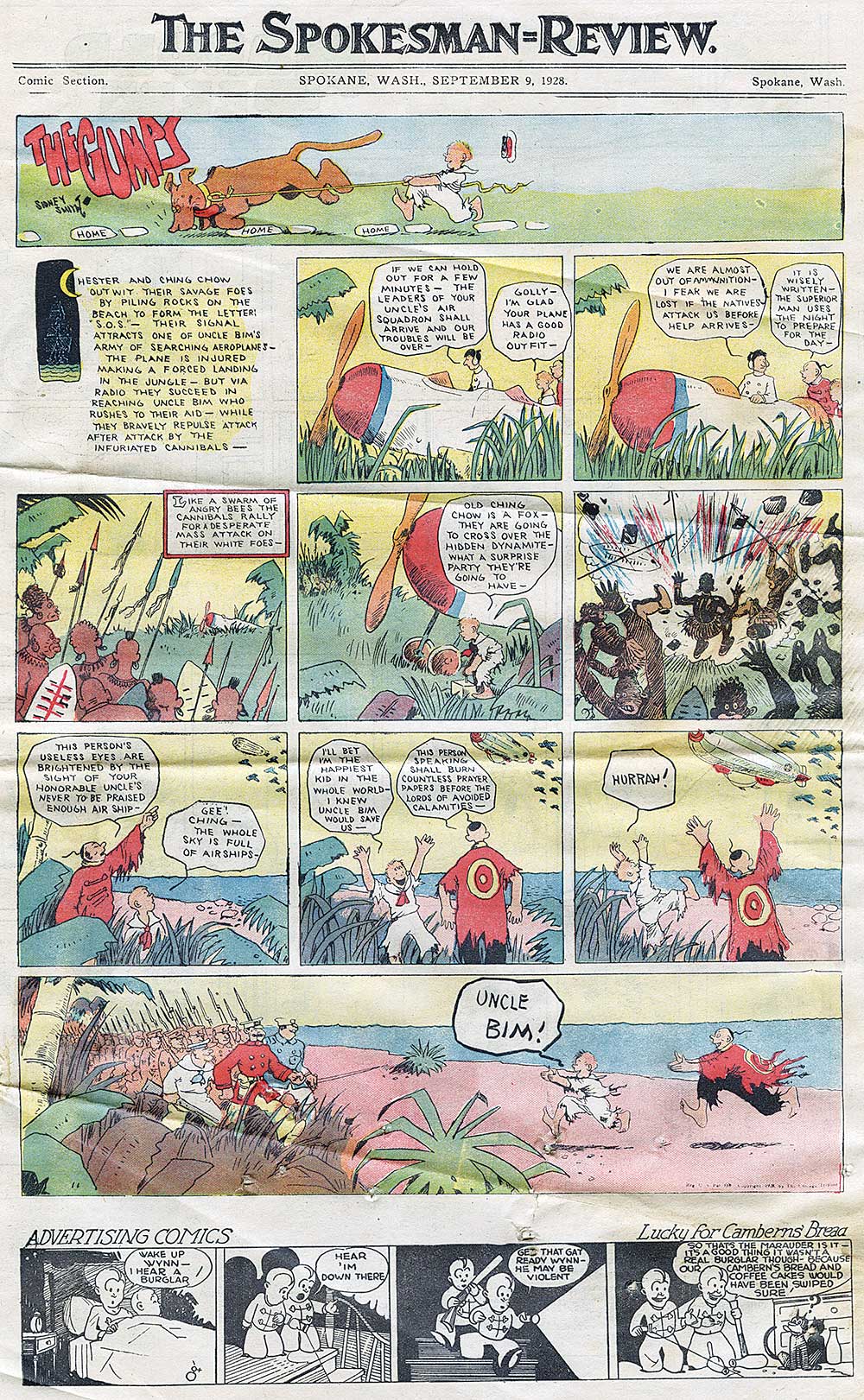
On the front page: The Gumps, a family strip by Sidney Smith that ran from 1917 through 1959. So many papers requested the strip that the Chicago Tribune formed its syndication service, in part, to handle the demand.
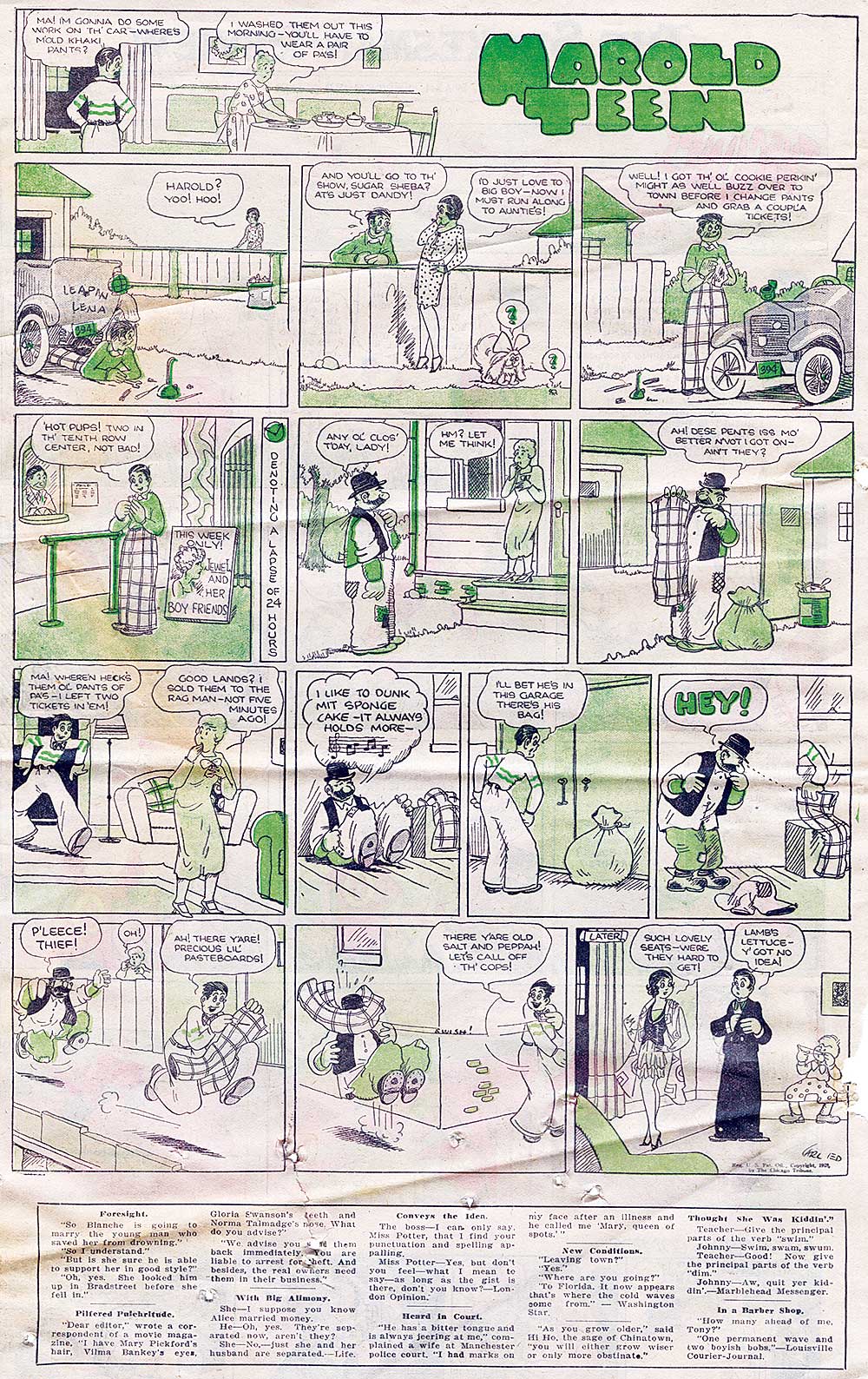
Harold Teen focused on the day-to-day life of a teenage boy. The strip would inspire two movies and a radio show. The 1928 movie would star Arthur Lake, who’d later play Dagwood Bumstead in the “Blondie” movies. The strip by Carl Ed ran from 1919 to 1959.
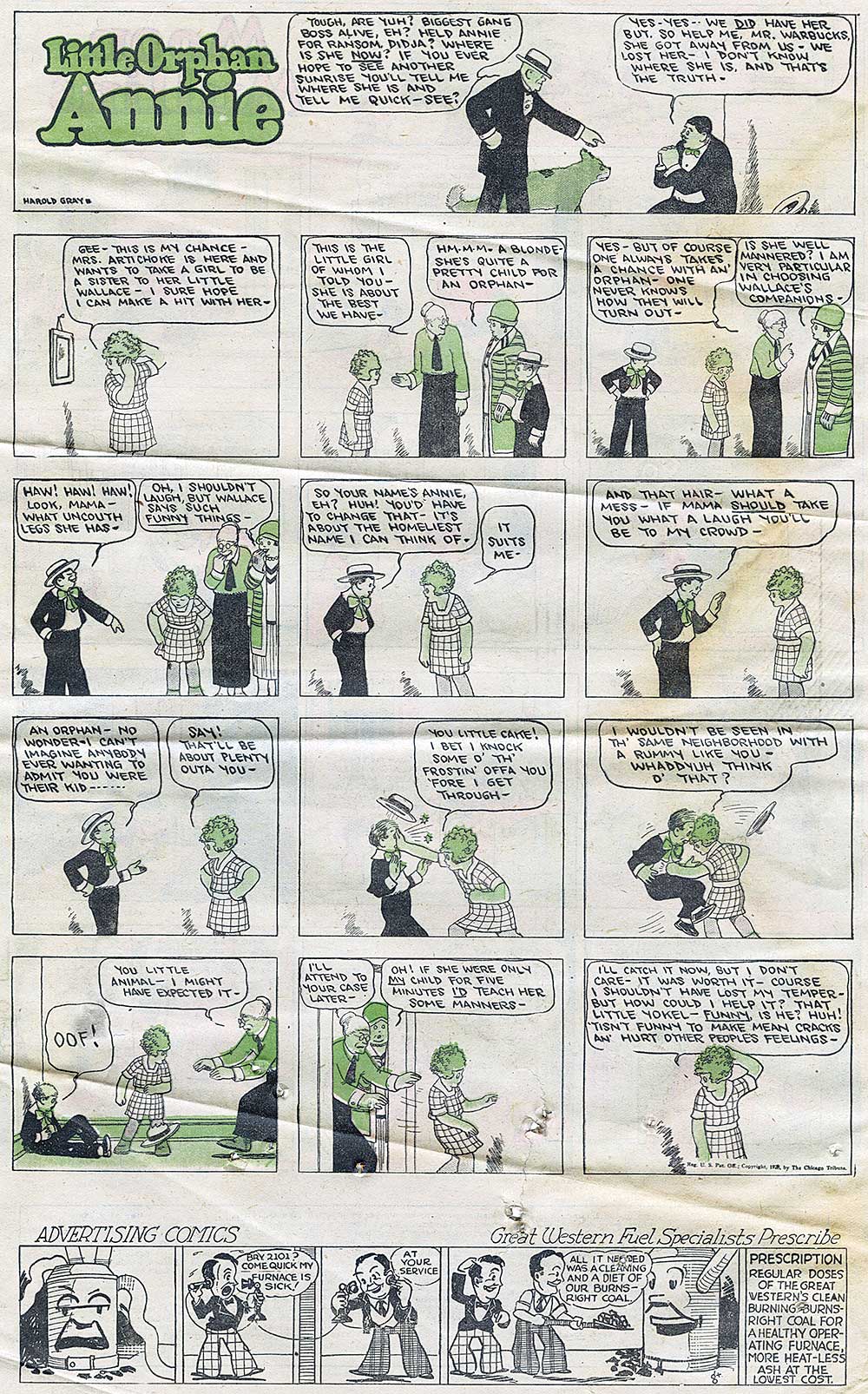
Little Orphan Annie was created by Harold Gray in 1924 and became extremely popular during the depression, becoming famous for the anti-New Deal stance Gray pushed in his storylines. The strip inspired a radio show in 1930, movies in 1932 and 1938, a Broadway musical in 1977 and three movies based on that musical, in 1982, 1999 and 2014. Gray died in 1968 and other artists carried the strip on until it was finally canceled in 2010.
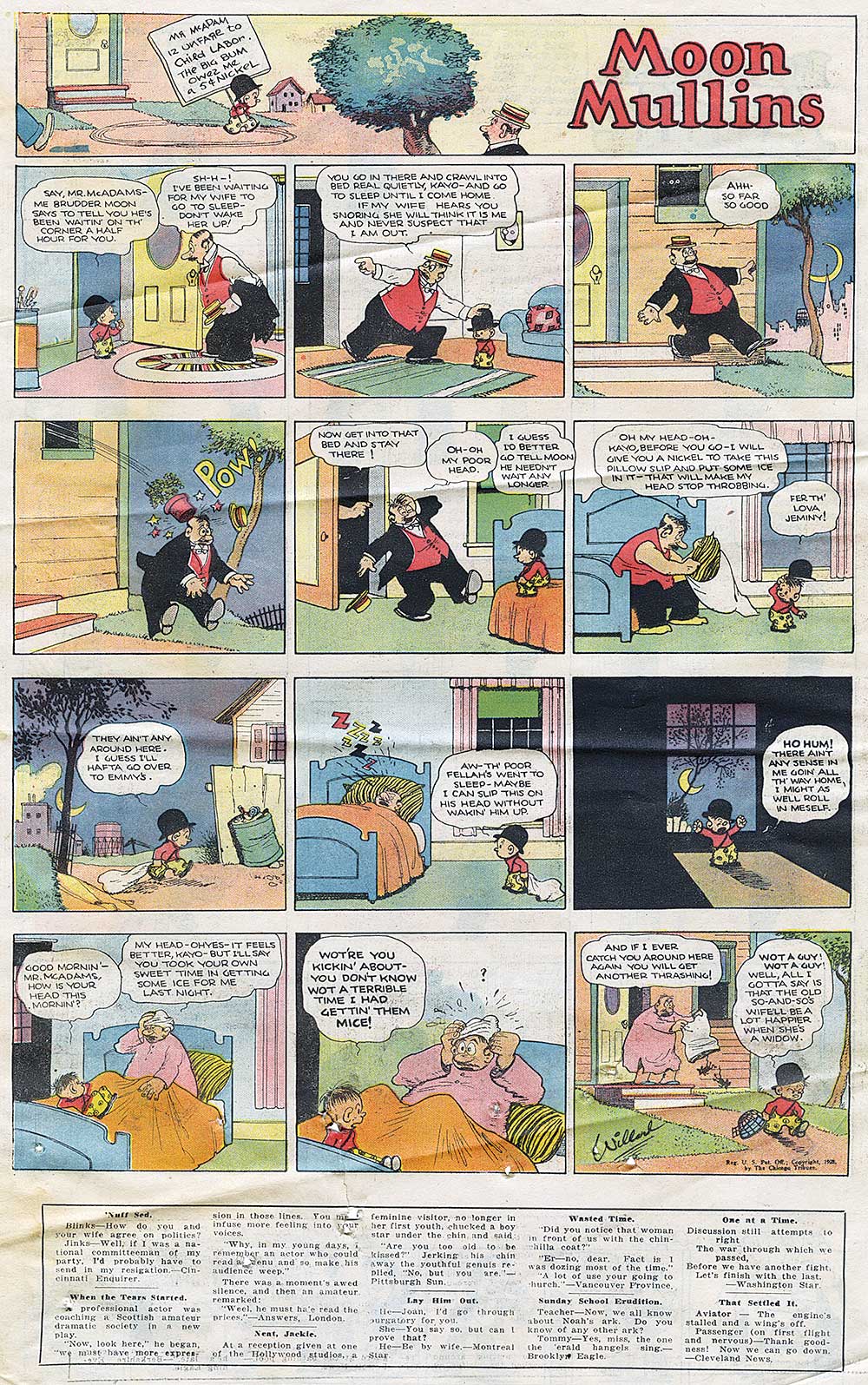
On an inside color page was Moon Mullins, about the goofy mix of characters living in a boarding house. Moon is the younger boy wearing the black derby hat. The strip was created by Frank Henry Willard in 1923. When he died in 1958, his assistant, Ferd Johnson, took over. In 1978, Ferd’s son, Tom Johnson, began writing and drawing the strip until it was canceled in 1991.
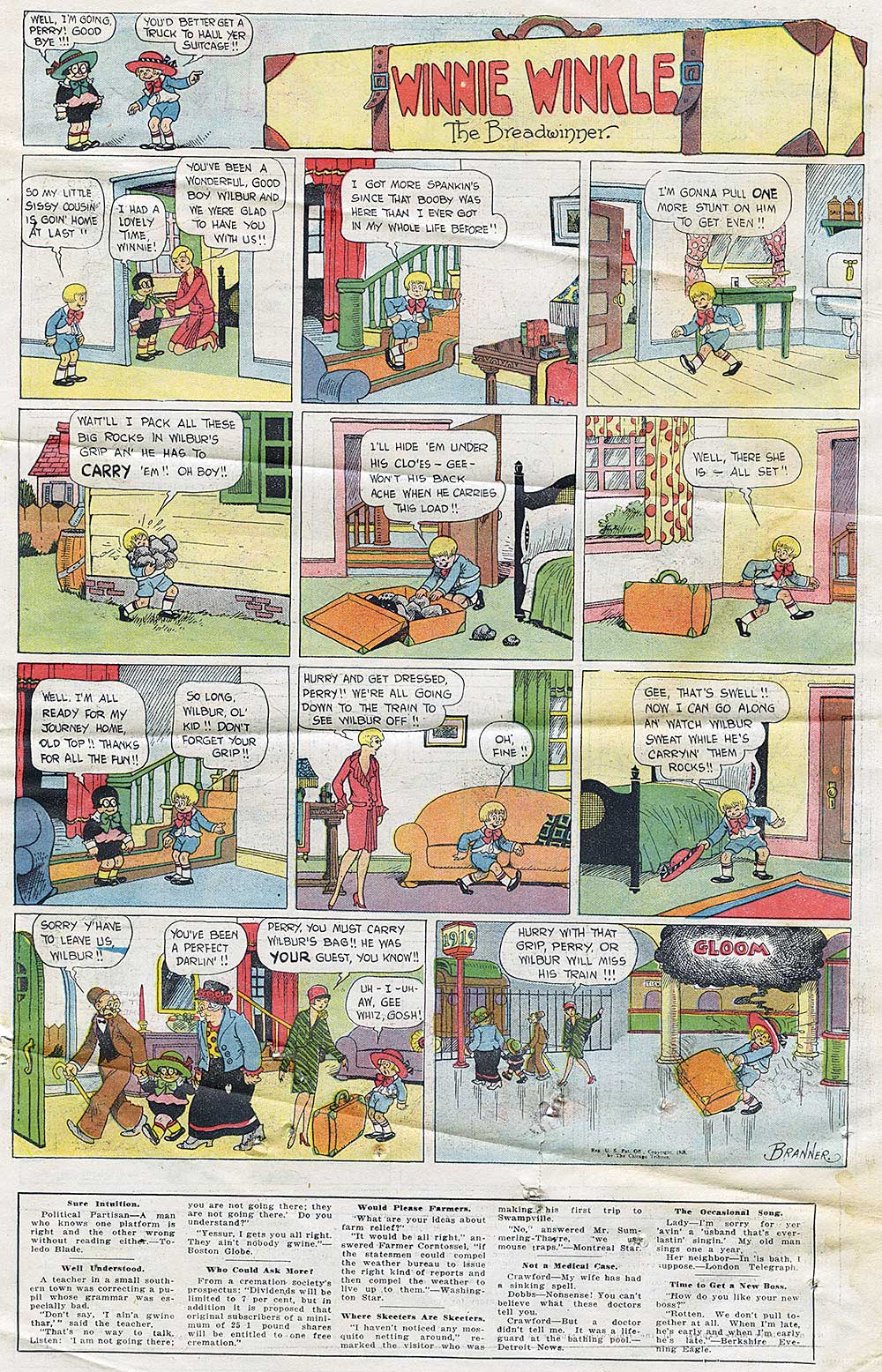
Winnie Winkle, created by Martin Branner in 1928, focused on a single woman whose parents were dependent on her. The boy in the strip above was her adopted brother, Perry. Ten “Winnie Winkle, the Breadwinner” movies would be released between 1926 and 1928. In 1937, Branner had Winnie get married to an engineer. When her husband was called away to war — leaving behind a pregnant Winnie — several papers would cancel the strip. The strip ended in 1996.
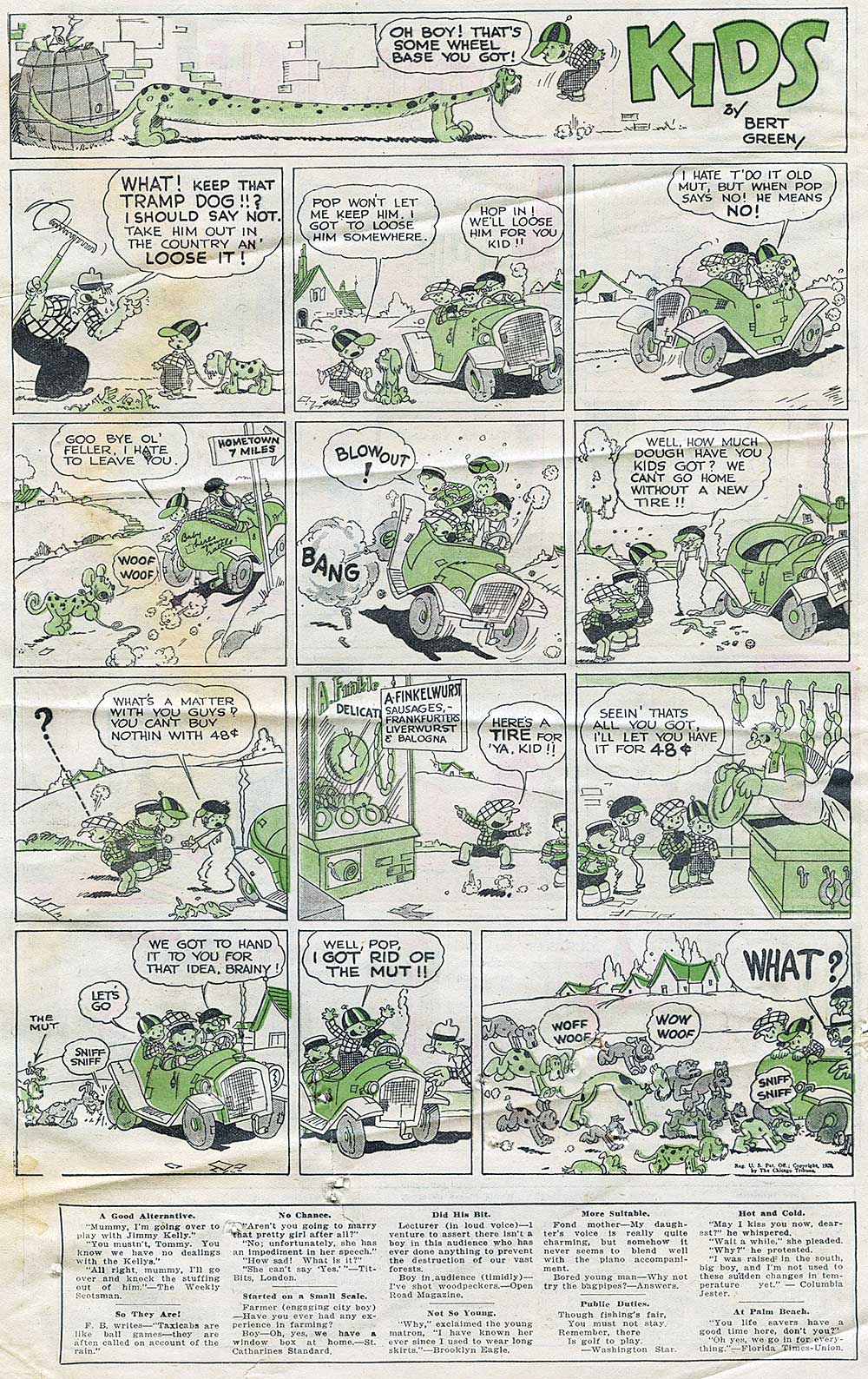
Kids, about a gang of children, was created by Bert Green in 1918. Green is probably better known for his work on the animated version of another famous comic strip of that era, “The Katzenjammer Kids” by Rudolph Dirks.

Smitty, about a young boy and his friends, was created by Water Berndt in 1922. Berndt had his character slowly grow up in the strip, eventually getting married. The strip was canceled in 1974.

Of the eight strips carried in this 1928 edition of the Spokesman-Review, this is the only one still running today: Gasoline Alley, about a man and his circle of friends in small town, U.S.A. Frank King created the strip in 1918, focusing on a group of men chatting while they worked on their cars. The strip began to lick in 1921 when King had the lead character, Walt Wallet, find a baby abandoned on his doorstep. The example above shows young Skeezix just before he started school. Dick Moores took over the strip in the 1956 and then current caretaker Jim Scancarelli did the same in 1986.
Among the syndicated comics: Cartoons for local businesses
Stripped along the bottom of most of those pages are brief and fairly stale jokes. But three of the pages contained black-and-white cartoons sponsored by local businesses.
Cambern’s Bakery operated in Spokane from 1924 to 1931.

The cat in the final panel bears a close resemblence to another comic strip character, Krazy Kat (1913-1944).
Pine Creek Dairy operated in Spokane from 1908 to 1929.

The current lineup
Comic strips that currently appear in your daily or Sunday Spokesman-Review:
Blondie

Sept. 8, 1930
Creator Chic Young died in 1973. His son, Dean, still writes the strip today.
Beetle Bailey
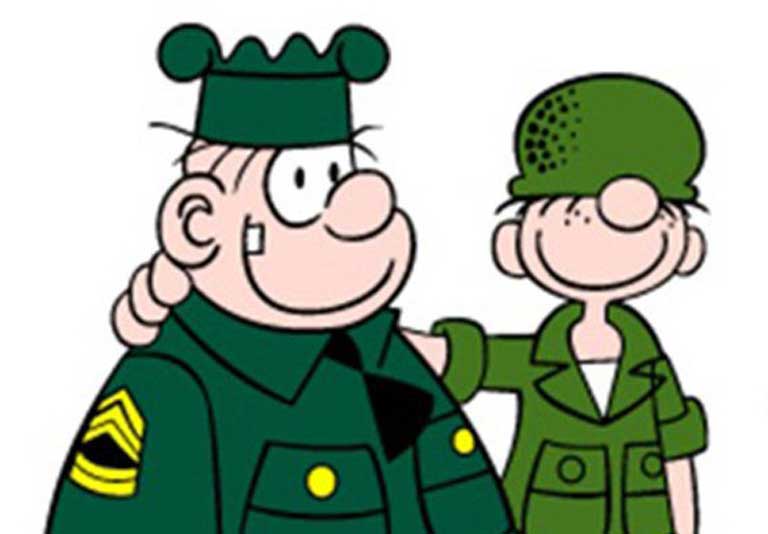
Sept. 4, 1950
Started as a college strip, but Beetle would enlist in 1951. Now written by creator Mort Walker’s sons, Greg and Brian.
Peanuts
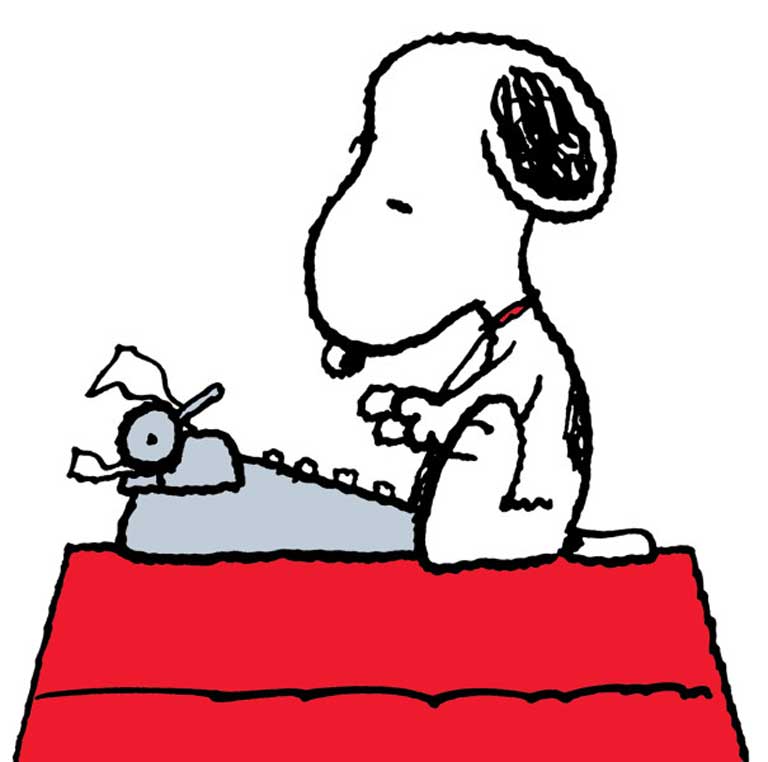
Oct. 2, 1950
Charles Schulz died in 2000. His strip has been in reruns in daily newspapers ever since.
Dennis the Menace
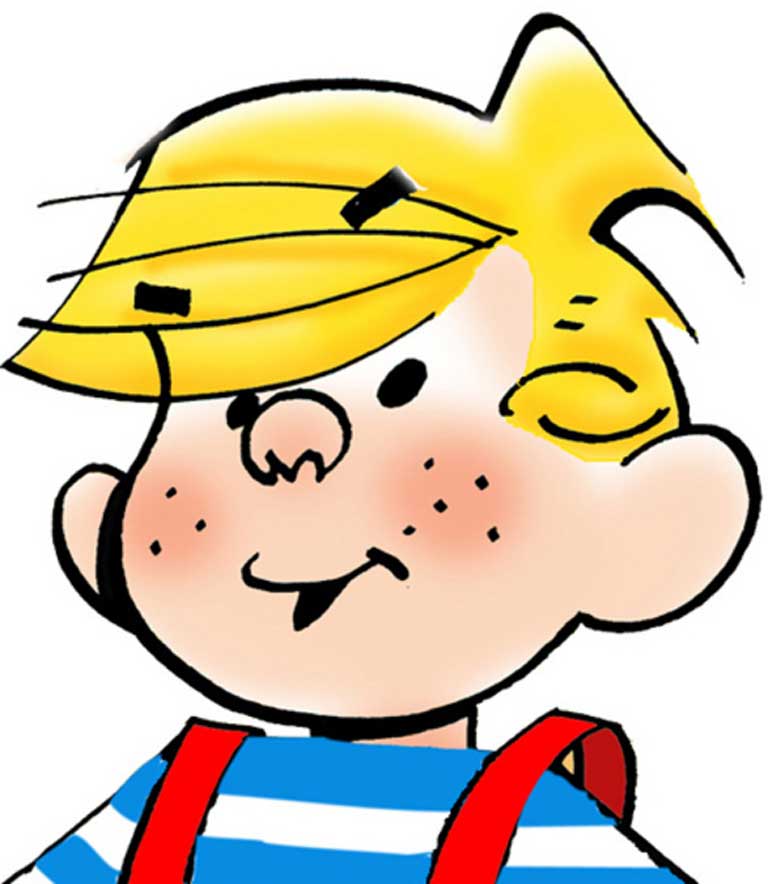
March 2, 1951
Creator Hank Ketcham retired in 1994, passing the strip along to several assistants — including his son, Scott.
Hi and Lois
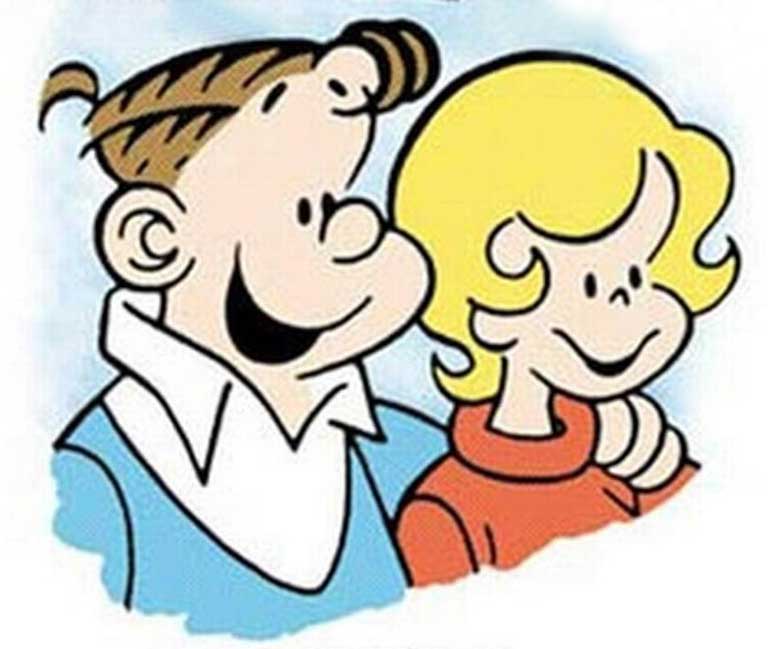
Oct. 18, 1954
A spinoff from “Beetle Bailey.” Written by Mort Walker’s sons, Greg and Brian and drawn by Robert “Chance” Browne.
The Family Circus
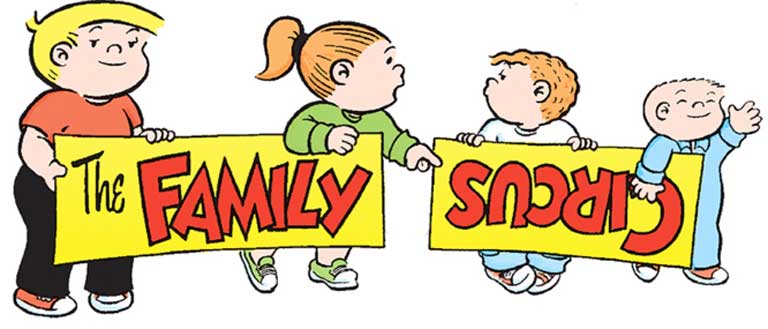
Feb. 29, 1960
Creator Bil Keane died in 2011. The strip is now written and drawn by his son, Jeff.
Doonesbury
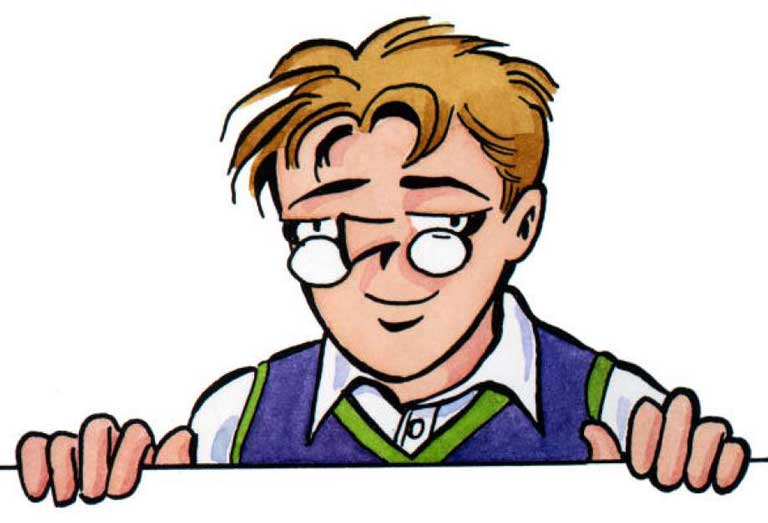
Oct. 26, 1970
Gary Trudeau started his strip in the Yale University student paper. The daily version has been in reruns since 2014.
Funky Winkerbean

March 27, 1972
Tom Batiuk was a middle-school art teacher when he sold his idea for a strip. He rebooted it in 1992 and in 2007.
Hägar the Horrible

Feb. 4, 1973
Creator Dik Browne retired in 1988, handing the strip over to his son, Chris. Chris’ brother draws “Hi and Lois.”
Garfield
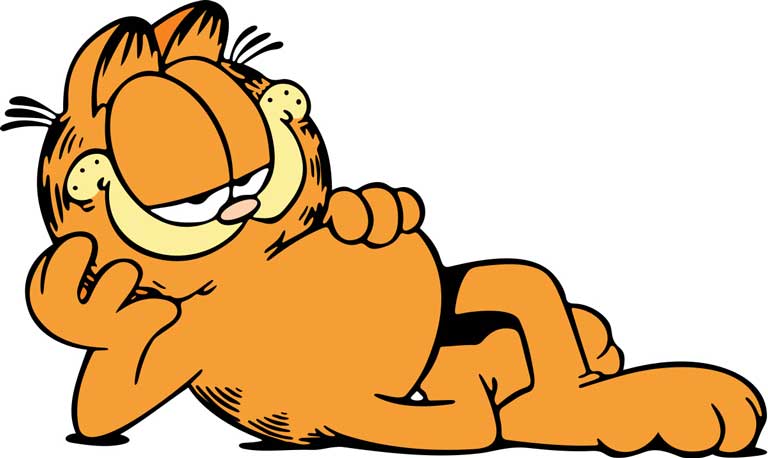
June 19, 1978
At its peak in 2002, “Garfield” appeared in 2,580 papers around the world — the most ever, according to Guinness.
For Better or for Worse

Sept. 9, 1979
Creator Lynn Johnston retired in 2008. The strip restarted in reruns in 2010 and is now seen in more than 2,000 papers.
Sally Forth

Jan. 4, 1982
Creator Greg Howard retired in 1999. Now drawn by Jim Keefe and written by Francesco Marciuliano, writer of “Judge Parker.”
Adam @ Home
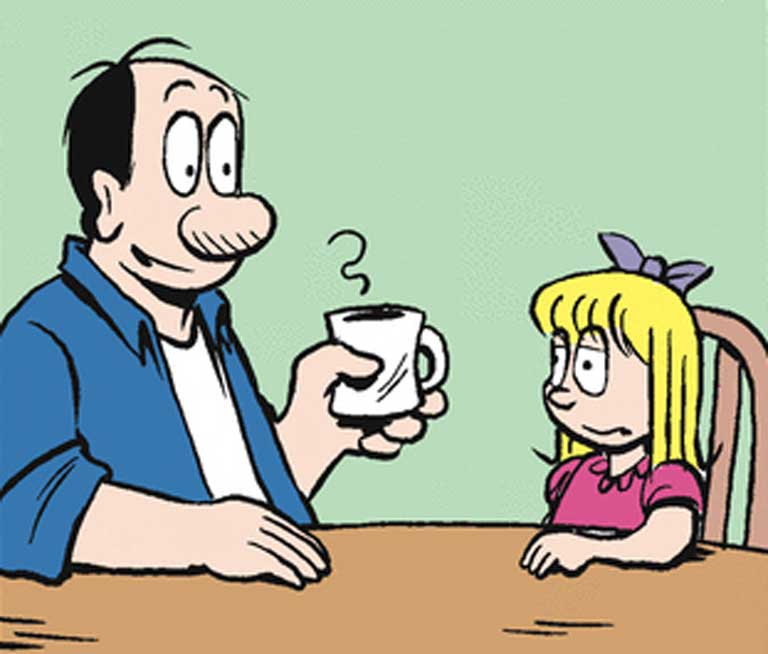
1984
Creator Brian Basset — at the time, editorial cartoonist for the Seattle Times — handed the strip over to Rob Harrell in 2009.
Rose is Rose

April 16, 1984
Creator, writer and artist Pat Brady handed off drawing duties to Don Wimmer in 2004.
Luann

March 17, 1985
In 2012, creator Greg Evans brought in his daughter, Karen — one of his inspirations for the strip — as a co-writer.
Off the Mark
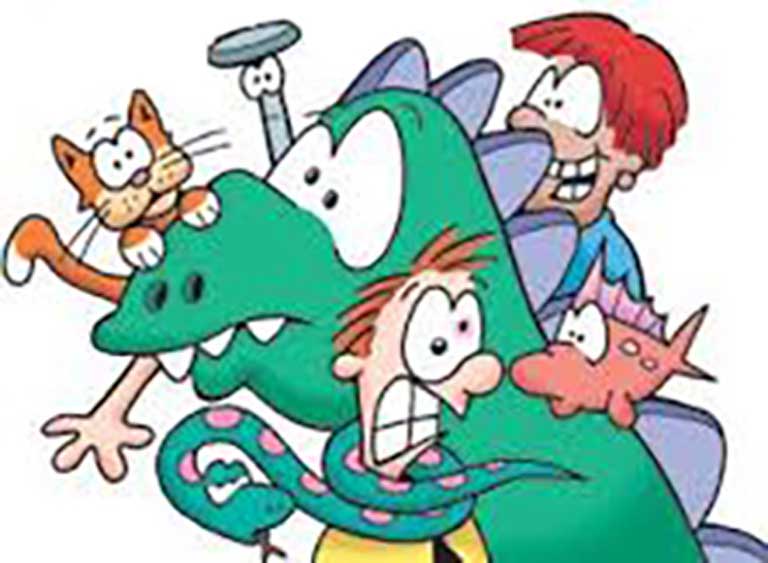
September 1987
Creator Mark Parisi self-syndicated his strip until he was picked up by a national syndicate in 2002.
Foxtrot
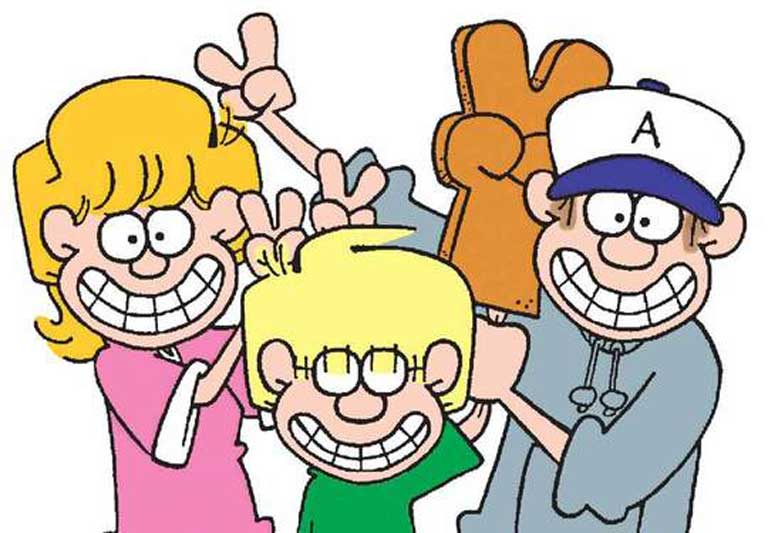
April 10, 1988
Was a daily strip through December 2006, when it converted to Sunday-only.
Dilbert

April 16, 1989
Scott Adams based the strip on his coworkers at Pacific Bell in San Francisco. He didn’t quit that job until 1996.
Baby Blues
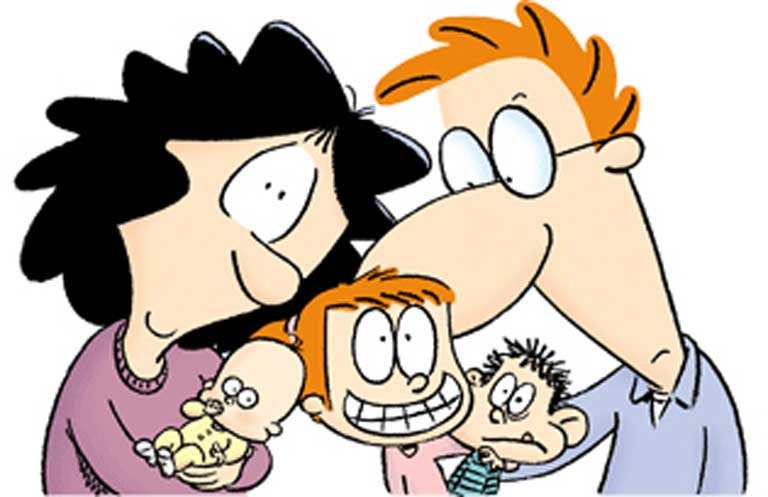
Jan. 7, 1990
Strip was inspired by artist Rick Kirkman’s two children. Writer Jerry Scott also writes “Zits.”
Pickles

April 2, 1990
Creator Brian Crane says the strip was inspired by his real-life in-laws.
Tundra
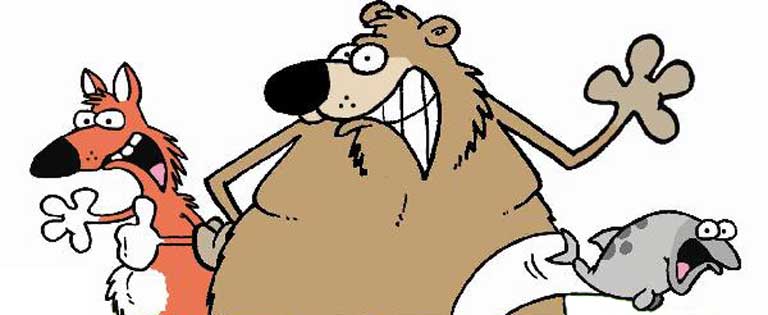
December 1991
Started in the Anchorage Daily News and, for years, was self-syndicated by creator Chad Carpenter.
Sherman's Lagoon

May 13, 1991
Started in just one small paper — The Escondido (Calif.) Times-Advocate — and was nationally syndicated later.
Non Sequitur
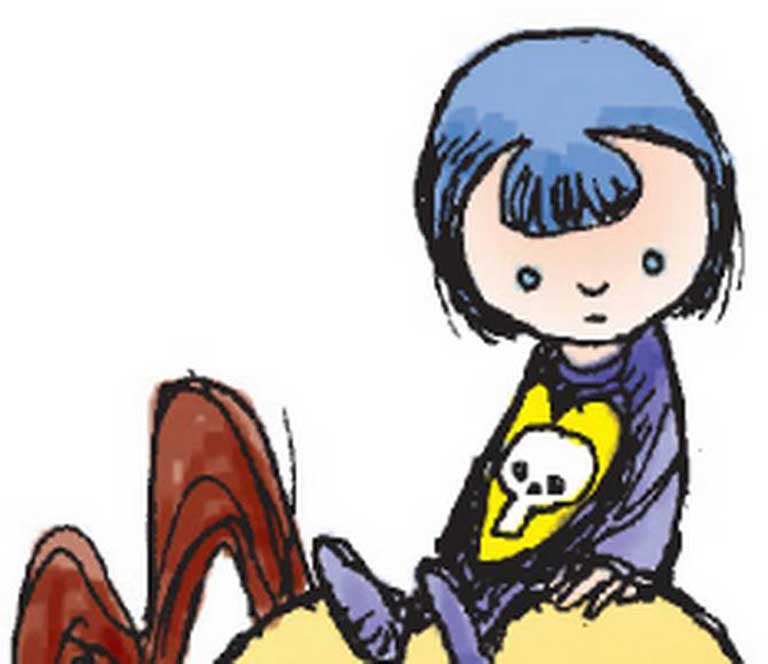
Feb. 16, 1992
Creator Wiley Miller will appear at Spokane’s Bing Crosby Theater, Monday, Aug. 5. More info: spokane7tickets.com
Mallard Filmore
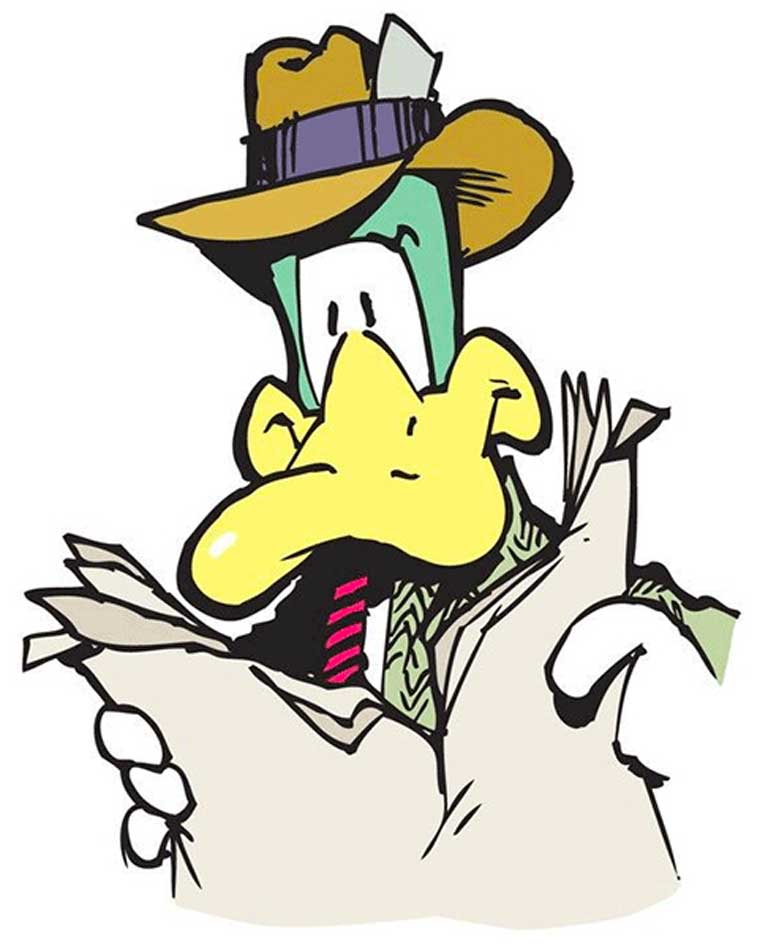
June 6, 1994
Bruce Tinsley began his political strip in the Washington Times and was syndicated as an alternative for “Doonesbury.”
Mutts
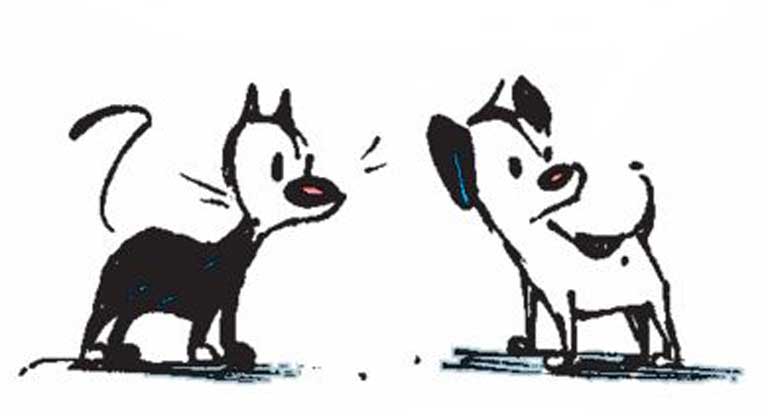
Sept. 5, 1994
Creator Patrick McDonnell also drew “Bad Baby” for Parents magazine and has written several children’s books.
Zits
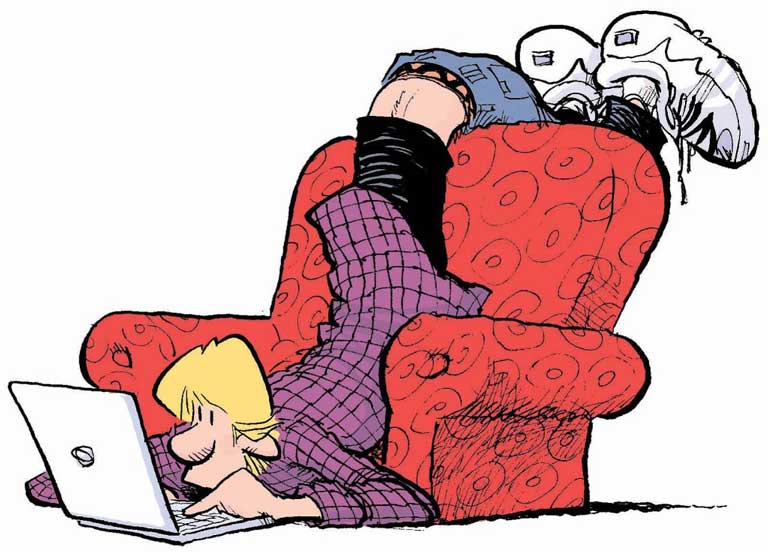
July 7, 1997
Jerry Scott also writes "Baby Blues." Jim Borgman was editorial cartoonist for the Cincinnati Enquirer for 32 years.
Get Fuzzy
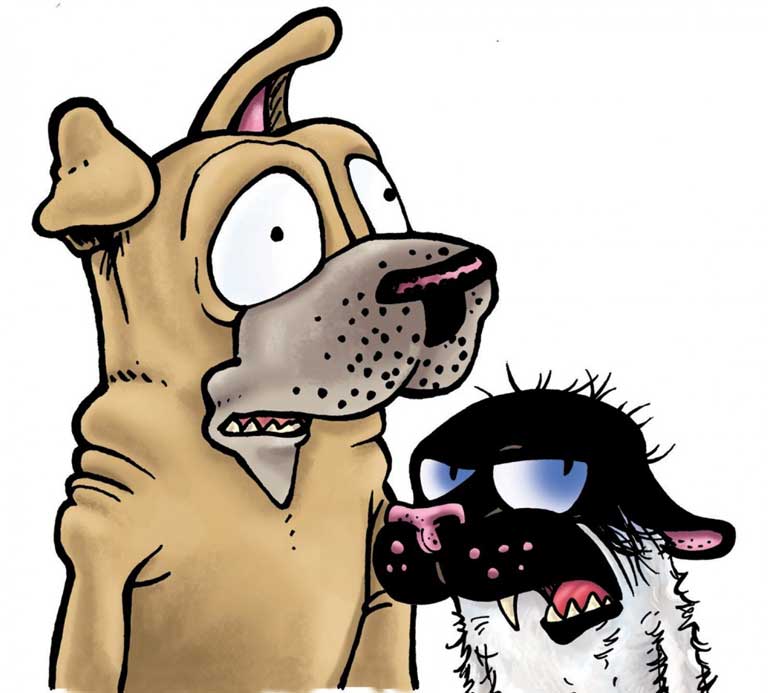
Sept. 6, 1999
Was a daily strip until November 2013, when it became Sunday-only.
Baldo
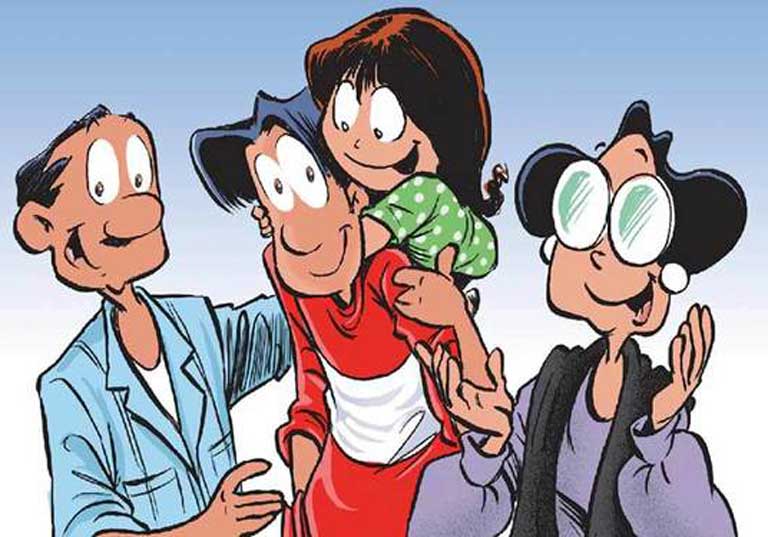
April 17, 2000
This Latino-themed strip is written by Hector Cantú and drawn by Carlos Castellanos.
Pearls Before Swine
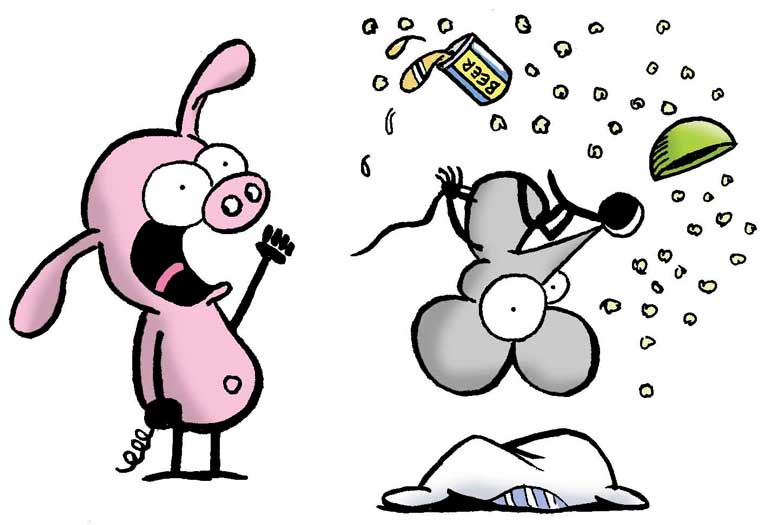
Dec. 31, 2001
Stephen Pastis was a lawyer before he created his comic strip.
Carpe Diem
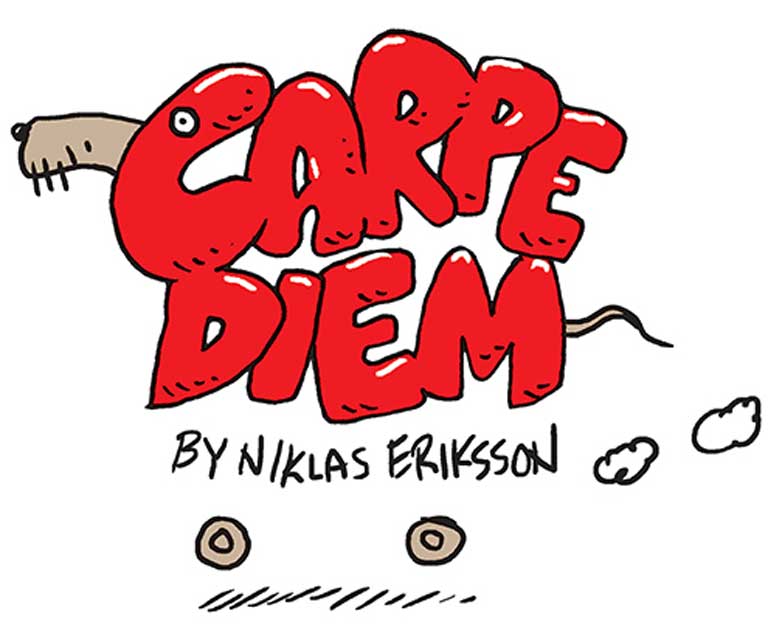
May 4, 2015
This strip by cartoonist Niklas Eriksson has been very popular in Sweden and througout Europe.